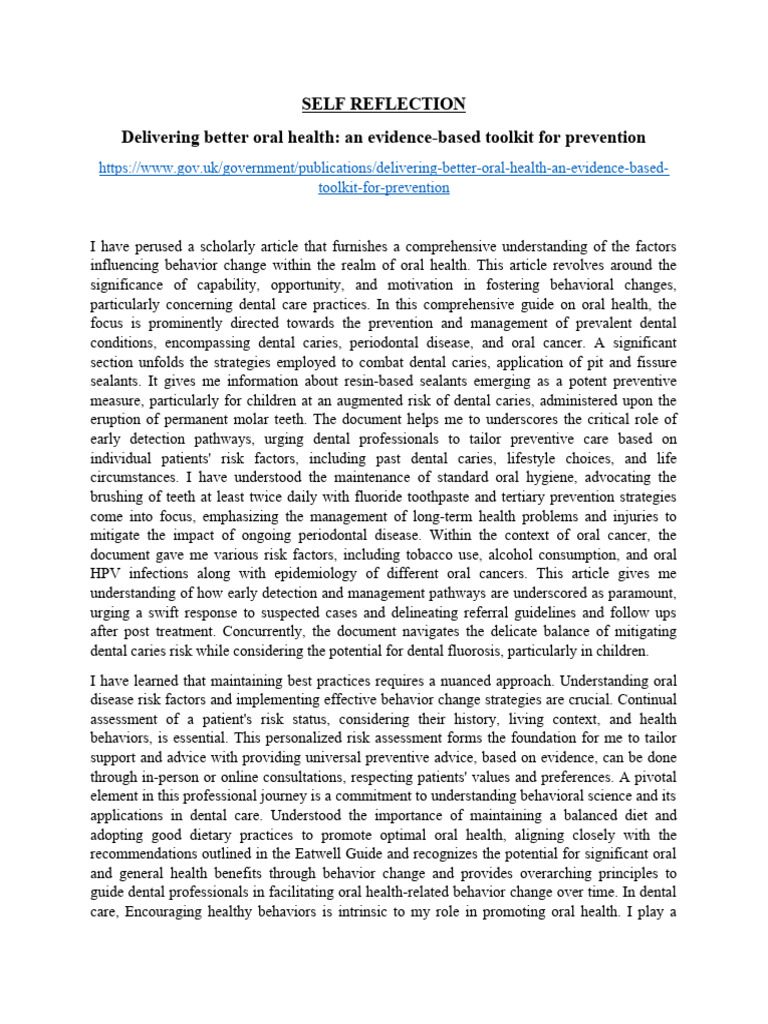Dental Veneers Guide: Pros And Cons
The pursuit of a perfect smile has become a significant aspect of modern dentistry, with various cosmetic procedures available to enhance the appearance of one’s teeth. Among these procedures, dental veneers have gained popularity for their ability to dramatically improve the aesthetic appeal of teeth, offering a solution for individuals with discolored, chipped, or misaligned teeth. However, like any dental procedure, veneers come with their own set of advantages and disadvantages. Understanding these pros and cons is crucial for individuals considering veneers as an option for achieving their desired smile.
Introduction to Dental Veneers
Dental veneers are thin layers of material, typically porcelain or composite, that are bonded to the front of teeth to enhance their appearance. They are custom-made to fit each patient’s teeth, ensuring a natural look and feel. The process of getting veneers involves several steps, starting with consultation and planning, followed by preparation of the teeth, and finally, the bonding of the veneers.
Historical Evolution of Dental Veneers
The concept of dental veneers is not new and has evolved significantly over the years. Initially, veneers were made from acrylic and were quite bulky. With advancements in dental technology and materials, veneers became more sophisticated, leading to the use of porcelain and composite materials that offer greater durability and a more natural appearance. This evolution has made veneers a more accessible and appealing option for patients seeking cosmetic dental solutions.
Pros of Dental Veneers
Aesthetic Appeal: One of the most significant advantages of dental veneers is their ability to dramatically enhance the appearance of teeth. They can correct a variety of cosmetic issues, including discoloration, chips, and misalignments, providing a uniform and appealing smile.
Durability: Porcelain veneers, in particular, are known for their durability and can last for many years with proper care. They are resistant to stains and can withstand the forces of biting and chewing.
Conservative Approach: Compared to crowns, veneers are a more conservative approach to cosmetic dentistry. They require less tooth enamel removal, preserving more of the natural tooth structure.
Natural Appearance: When made and fitted correctly, veneers can look and feel very natural. They reflect light similarly to natural teeth and can be colored to match the surrounding teeth, ensuring a harmonious and natural-looking smile.
Cons of Dental Veneers
Irreversible Process: The process of preparing teeth for veneers is irreversible. A portion of the enamel must be removed to make room for the veneer, which means that once you decide to get veneers, you will always need some form of dental restoration on those teeth.
Cost: Dental veneers can be expensive, especially if you are considering porcelain veneers. The cost per tooth can range significantly, and since veneers are typically considered a cosmetic procedure, they may not be covered by dental insurance.
Sensitivity: Some patients may experience increased sensitivity after veneers are applied, especially if the veneers are not fitted perfectly or if the bonding material irritates the tooth.
Risk of Damage: While veneers are durable, they can still chip or crack. If this happens, the veneer may need to be replaced, which can add to the overall cost of the procedure.
Comparative Analysis: Veneers vs. Other Cosmetic Procedures
When considering options for enhancing the appearance of your teeth, it’s essential to compare veneers with other available procedures, such as dental bonding, crowns, and teeth whitening. Each of these options has its own set of pros and cons, and the choice ultimately depends on the individual’s specific needs and preferences.
Dental Bonding: This is a more conservative and less expensive option compared to veneers. It involves applying a tooth-colored resin to repair chips or close gaps between teeth. However, bonding may not be as durable as veneers and can stain over time.
Crowns: Dental crowns cover the entire tooth and are used when a tooth is heavily decayed or damaged. While they can be used for cosmetic purposes, they require more tooth preparation than veneers.
Teeth Whitening: This is a non-invasive procedure that can significantly brighten the teeth. However, it does not address issues such as chips, misalignments, or the shape of the teeth.
Decision Framework for Choosing Veneers
The decision to opt for dental veneers should be made after careful consideration of several factors:
Cosmetic Goals: Determine what you want to achieve with veneers. Are you looking to correct the color, shape, or alignment of your teeth?
Budget: Consider the cost of veneers and whether they fit within your budget. Also, check if your dental insurance covers any part of the procedure.
Oral Health: Ensure that your teeth and gums are healthy enough for veneers. Existing dental issues may need to be addressed before veneers can be applied.
Lifestyle: Consider your lifestyle habits, such as smoking or drinking coffee, which can affect the longevity and appearance of veneers.
Practical Application Guide
For those who have decided that veneers are the right choice, here’s a practical guide to the process:
Consultation: Start with a consultation with a dentist who has experience in cosmetic dentistry. Discuss your goals, and the dentist will assess whether veneers are suitable for you.
Preparation: If veneers are deemed appropriate, the next step involves preparing your teeth. This includes removing a small amount of enamel from the front of the tooth to make room for the veneer.
Impressions: The dentist will then take impressions of your teeth, which are sent to a dental laboratory to create your custom veneers.
Bonding: Once the veneers are ready, they are bonded to your teeth using a special adhesive. The dentist will ensure that the veneers are perfectly fitted and aligned with your surrounding teeth.
Future Trends Projection
The field of cosmetic dentistry, including veneers, is continuously evolving with advancements in technology and materials. Future trends may include the development of even more durable and natural-looking materials, as well as more precise and less invasive application techniques. Additionally, there may be a greater emphasis on personalized dental solutions, tailored to the unique needs and preferences of each patient.
Myth vs. Reality: Common Misconceptions About Veneers
There are several misconceptions about dental veneers that can influence a patient’s decision. It’s essential to address these myths with factual information:
Myth: Veneers are only for celebrities and the wealthy.
Reality: While veneers can be expensive, they are accessible to anyone seeking a cosmetic dental solution. Financing options and insurance coverage can make them more affordable.
Myth: Veneers look artificial and can be easily distinguished from natural teeth.
Reality: When properly made and fitted, veneers can look very natural, mimicking the appearance and feel of real teeth.
Myth: The process of getting veneers is painful.
Reality: While some patients may experience sensitivity or discomfort during the preparation and bonding process, the use of local anesthetics and sedation dentistry can minimize pain and ensure a comfortable experience.
Conclusion
Dental veneers offer a versatile and effective solution for individuals seeking to improve the appearance of their teeth. By understanding the pros and cons, as well as the process involved, patients can make informed decisions about whether veneers are right for them. With advancements in dental technology and the evolution of materials and techniques, veneers continue to be a leading option in cosmetic dentistry, providing individuals with the opportunity to achieve a smile that enhances their confidence and overall well-being.
How long do dental veneers last?
+Dental veneers can last for many years, typically ranging from 10 to 20 years, depending on the material used and how well they are maintained. Regular dental check-ups and good oral hygiene practices can help extend the lifespan of veneers.
Are dental veneers painful to get?
+The process of getting dental veneers may cause some discomfort or sensitivity, but this can be managed with local anesthetics or sedation dentistry. Many patients report minimal to no pain during the procedure.
Can veneers be used to straighten teeth?
+Veneers can be used to correct minor misalignments or gaps between teeth, but they are not a substitute for orthodontic treatment. For significant misalignments, other options such as braces or clear aligners may be recommended first, followed by veneers for cosmetic enhancement.
How do I care for my veneers?
+Caring for veneers involves practicing good oral hygiene, including regular brushing, flossing, and dental check-ups. It's also recommended to avoid biting or chewing on hard objects, as this can cause the veneers to chip or crack.
Can veneers be removed or replaced?
+Veneers are designed to be permanent, but they can be replaced if they become damaged or if the underlying tooth structure changes. The process of removing veneers to replace them can be more complex and may require additional dental work.
In conclusion, dental veneers represent a powerful tool in the realm of cosmetic dentistry, offering individuals the chance to enhance their smile and boost their confidence. By understanding the benefits, drawbacks, and the process involved in getting veneers, patients can embark on their dental journey with clarity and anticipation of the transformative results that veneers can provide.



